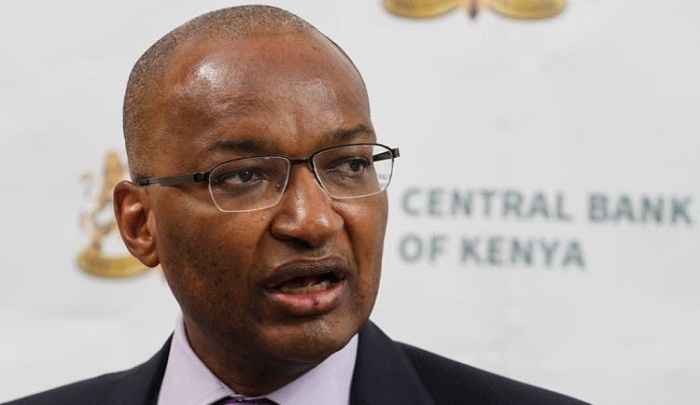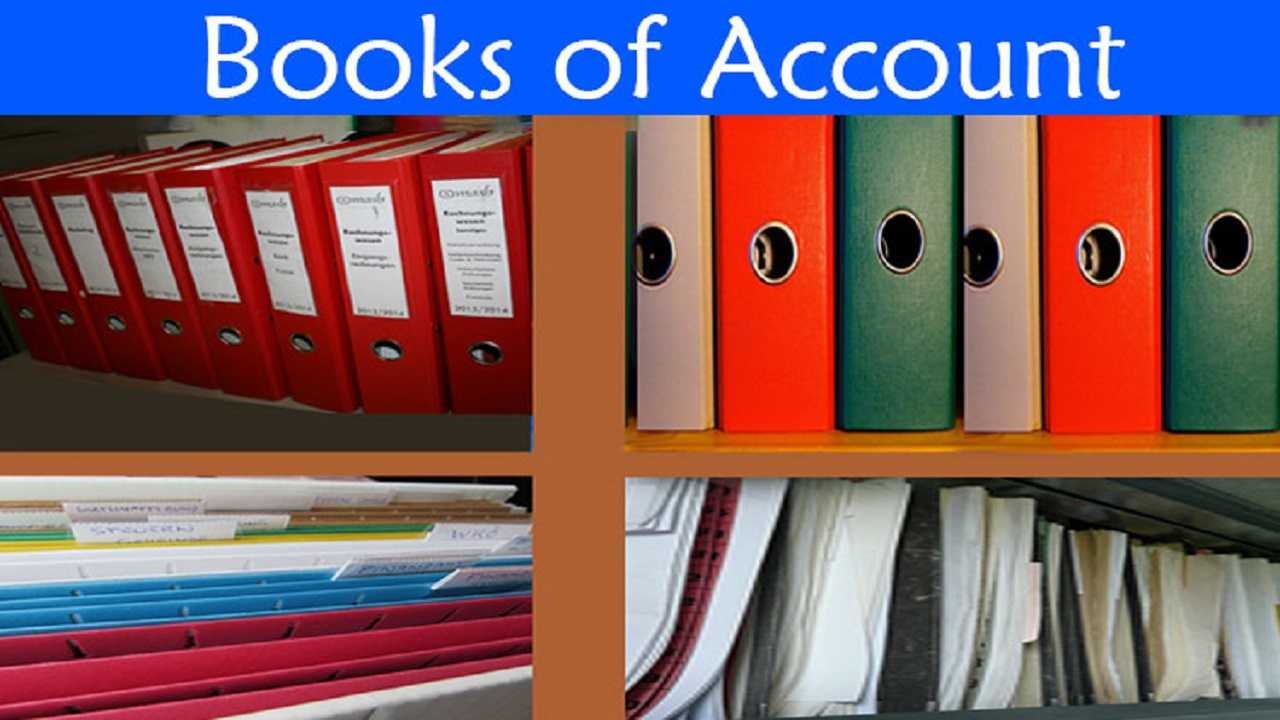By Sammy Chivanga
Savings and Credit Cooperative Societies (Saccos) are facing the biggest stability test because of hardship caused by the Covid-19 pandemic.
A new Central Bank of Kenya report that sheds light on the health of multiple sectors of economy shows that non-performing loans (NPLs) ratio for deposit-taking (DT) Saccos jumped to 9.12 percent in June 2020—the highest since 2012 when it was at 9.6 percent.
The NPLs ratio tracks the portion of total loans that has remained unpaid for at least three months and a higher figure points to customers struggling to keep up with repayments.
The latest NPL ratio is by far higher than the maximum of five percent that is prescribed by the Sacco Societies Regulatory Authority (Sasra).
CBK cautions that the loan defaults look set to rise especially with the surging Covid-19 infections that have hurt economic recovery.
“Credit risk remains elevated with NPLs increasing from 5.2 percent in 2016 to 9.12 percent in June 2020. Agriculture and Micro and Small Enterprises (SMEs) sectors have been affected most by COVID-19 pandemic, making it difficult for members to service their loans,” says the report.
DT Saccos had managed to cut NPLs ratio from 6.3 percent in 2018 to 6.15 percent at the end of last year but the discovery of the first Covid-19 case in Kenya on March 13th 2020 led to unprecedented economic hardships that have led to loansdefaults.
Gross loans stood at Sh426.4 billion meaning that the value of NPLs at the end of June was Sh38.89 billion in contrast with Sh25.79 billion at the end of December 2019.
The June figure means that about Sh91.20 of every Sh1,000 loaned out is likely to be lost, putting at risk the stability of the Sacco sector.
The higher NPLs reflect the difficulties members were facing in loan repayment despite Saccos having restructured loans totaling Sh4.7 billion in three months by the end of June 2020,
The Sacco Societies Regulatory Authority (Sasra) allowed Saccos to restructure and renegotiate loans to ease pressure on their members facing difficulties in repaying loans due to the pandemic.
The loan restructuring was in various forms such as extended repayment periods and loan repayment holidays.
The weakening strength of borrowers to honor loan repayment schedules came on the back of Covid-19 control measures such as curfews and closure of bars, hotels, restaurants, schools and airports triggering massive layoffs and salary cuts.
About 1.72 million workers lost jobs in three months to June, Kenya National Bureau of Statistics (KNBS) data shows, pointing to the tight purses that households are operating on.
Alarmed by the rising loan defaults, Saccos have reacted by slamming breaks on the pace of lending to avoid elevating loan losses.
Saccos’ credit to private sector slowed to 9.9 percent in June—one of the slowest in recent past— in comparison to March when it grew at 13.8 percent.
Saccos have been consistent in expanding loan book at double digits but Covid-19 has altered the pace bringing them closer to banks whose credit to private sector grew at 7.7 percent last June.
Loan defaulting is a threat to the stability of the Sacco movement since about 90 percent of the loaned amounts is from members’ deposit.
For instance, of the Sh426.4 billion total loan book at the end of June, Sh404.12 billion or 95.2 percent was deposits.
The Sacco movement has been lauded for going into cash preservation mode to survive the pandemic without collapse.
The lauding is due to the enhanced liquidity ratio which moved from close of last year’s 50.92 percent to 81.11 percent, showing that more Saccos were enhancing their cash levels to meet withdrawal demands from struggling members.
“The Sacco industry has continued to build and maintain strong capital adequacy levels with sufficient liquidity and earning capacity to withstand shocks and vulnerabilities,” the report says.
Saccos are now in for a delicate balance between stability and loaning to members given that societies run on multiplier model that allows members to access loans of up to three times of their savings.
The CBK report is tipping Sasra to remain vigilant on the rising credit risk for Saccos in an environment of declining profitability.
Glance Box
Economic challenges fuelled by the curfew and other coronavirus management protocols have sent non-performing loans to levels last seen nearly a decade ago.
The Covid-19 situation in the country has been worsening as new infections and deaths surge, raising fears of the government issuing stricter controls measures that have been enforced in several western countries.



